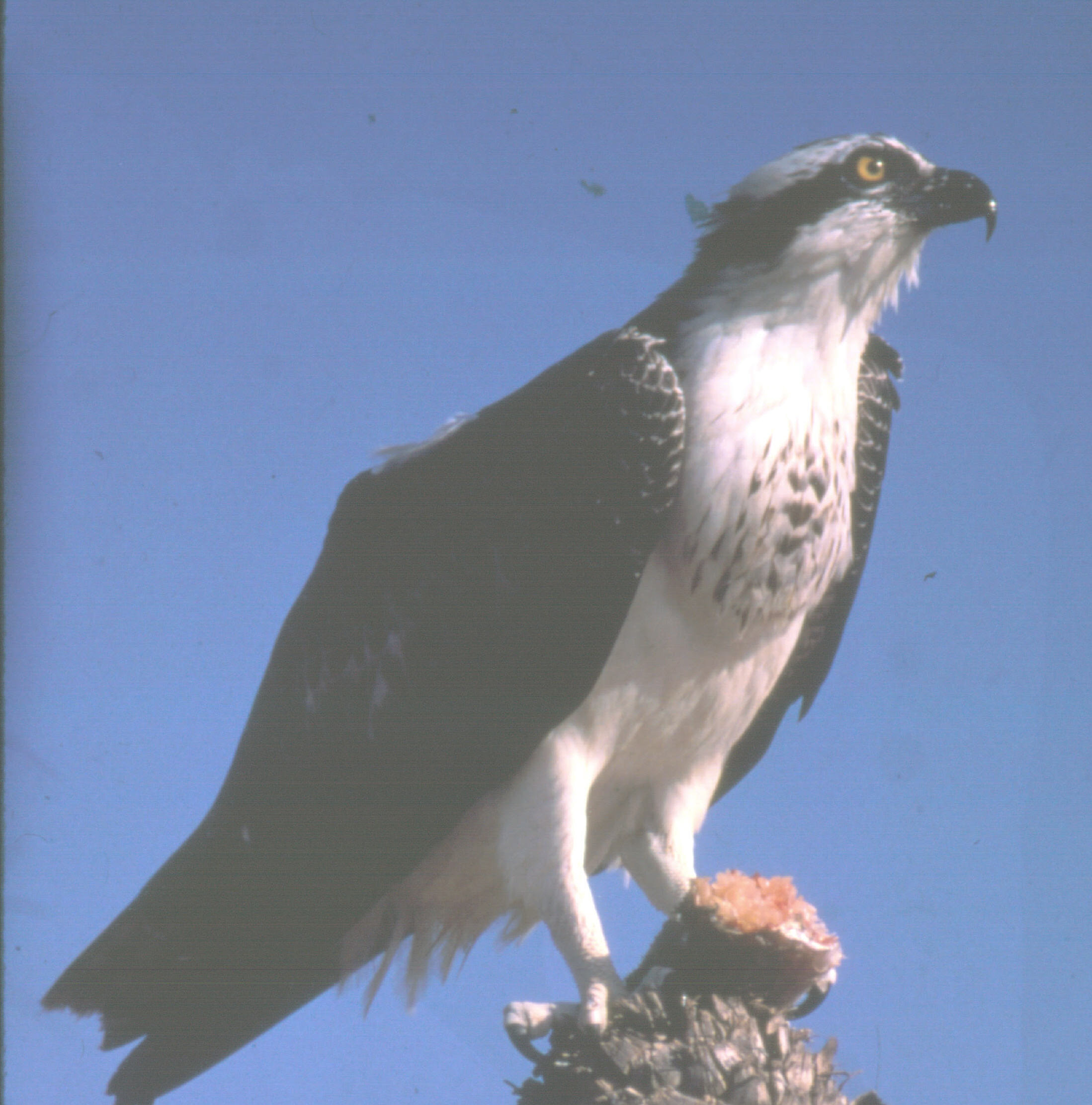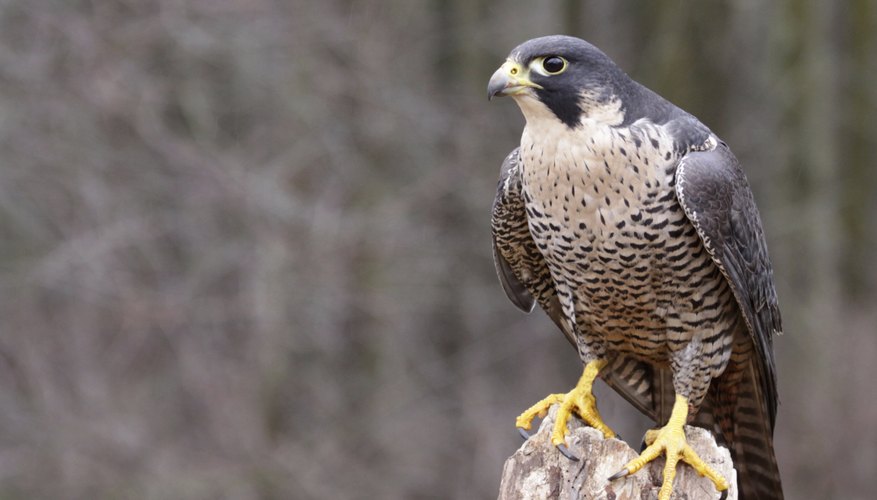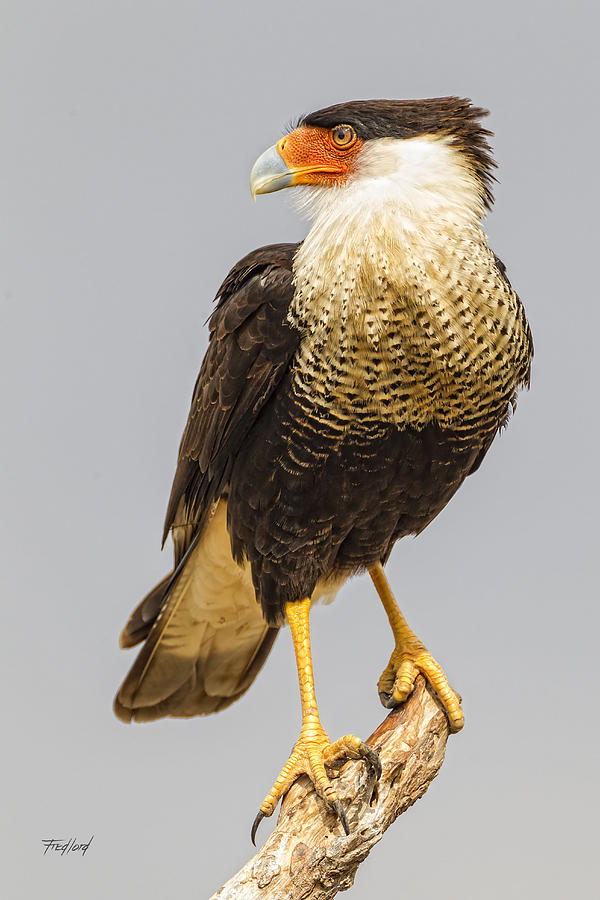

These birds reach our area as migrants or as occasional vagrants.Though rarely seen, these hawks will be spotted by sharp-eyed birders from time to time. Other, less common, Buteos can be seen in the metroplex from time to time. More information about Swainson’s Hawks can be found here: Wikipedia – Swainson’s Hawk Swainson’s Hawk. Unusual for a hawk of this size, the diet of Swainson’s Hawk can largely consist of insects. Swainson’s Hawks are much less tolerant of human activity than some of our other hawks, and therefore may nest in more rural and isolated areas. The metroplex is just at the edge of the Swainson’s Hawk beeding range, and presumably they do nest here-though I have yet to come across one of their nest.

In flight, the wings of these Buteos often appears narrower and more pointed that those of other similar species. Their flight feathers create a contrasting darkly colored trailing edge on their wings. Swainson’s Hawks have darkly colored heads and light undersides. In the air they are recognizable by their unique colors and configuration. The Swainson’s Hawk is usually seen at altitude, soaring high over our urban development. Swainson’s Hawks spend their winters in South America, and only reach portions of the United States after a long springtime migration. The Swainson’s Hawk (Buteo swainsoni) is another large Buteo frequently seen around the DFW Area in the summer time. A young Red-shouldered Hawk taking flight. More information about Red-shouldered Hawks can be found here: Wikipedia – Red-shouldered Hawk A Red-shouldered Hawk surveying his domain. It is easily distinguishable by its red chest and shoulders, and by its starkly black and white striped wings and tail when in flight.

The Red-shouldered Hawk is slightly smaller than the more common Red-tailed Hawk. Red-shouldered Hawk feed on small mammals and reptiles. Instead red-shouldered Hawks prefer to nest in tall trees located in riparian forests. These hawks breed readily in and around the metroplex, but they seldom make use of man-made structures when choosing a nesting site. In North Texas that means the Trinity River and its various tributaries. This is because the Red-shouldered Hawk prefers heavily wooded areas along rivers and creeks. Although very numerous in North Texas and a year round resident, the Red-shouldered Hawk is not often seen. Perhaps the second most common Buteo in the metroplex is the Red-shouldered Hawk (Buteo lineatus). A Red-tailed Hawk photographed near its nest located atop a cell phone tower. A juvenile Red-tailed Hawk, only days out of the nest. More information about Red-tailed Hawks can be found here: Wikipedia – Red-tailed Hawk A Red-tailed Hawk clearly displaying its signature red tail. Occasionally they will feed on common urban birds like feral pigeons or starlings. Red-tailed Hawks typically feed on small mammals such as Eastern Cottontails, Fox Squirrels, rats, and mice. Most adult Red-tailed Hawks in the DFW area, however, display the namesake red tail, a dark band across a white breast, and light wings with a dark bar along the leading edge. The plumage displayed by this bird can vary widely depending upon age, color morph, and whether migratory subspecies are in the area. The Red-tailed Hawk is a large bird with a wingspan that can approach 5 feet. Red-tailed Hawks are year round residents, but their numbers increase in the winter when northern populations migrate into Texas. Urban Red-tailed Hawks can frequently be seen perched on lampposts along our highways where they stay on the look out for prey animals in the grassy medians. They breed readily around human populations, and often make use of man-made structures as nest locations. These ubiquitous hawks are widely distributed across all of North America, and are superbly adapted to urban living. Perhaps the most common of all of our raptors is the Red-tailed Hawk (Buteo jamaicensis). Click to Enlargeīuteos – Medium to large-sized Raptors with robust bodies and broad wings. When you’re as big and powerful as a raptor soaring high in the sky, moving outside your home range is not difficult to do. Other are what is known as occasional vagrants-birds that sometimes roam outside their normal range. Depending on the season, there can be as many as 20 different species of falconiformes living in the North Texas area. The DFW Metroplex is home to a number of these mighty birds. Many countries use birds of prey as their national symbol. So respected are these birds that they are often chosen as sports team mascots. These big, powerful birds inspire us with their raw power, grace and majesty. Many people hold a particular fascination with raptors-otherwise known as birds of prey.


 0 kommentar(er)
0 kommentar(er)
